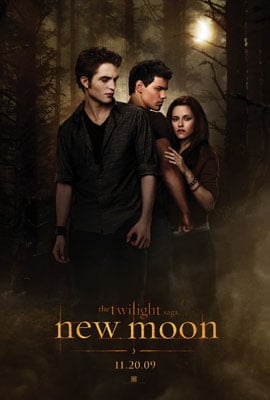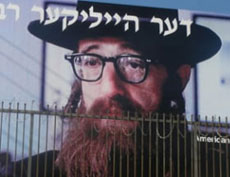As someone who both writes and adores YA (young adult) novels, and has her own share of prom-going experiences to draw on, I get a bit nostalgic this time of year when I see a limo pull up at a fine restaurant and several high school couples–dressed in their finest–step out of it.
And while Prom is certainly a teen high school rite of passage, I’ve never thought much about whether or not it’s sacred before. Not so for Kelly J. Baker, a professor at the University of New Mexico, who reflects the following about her own prom-going experience, in her wonderful article, “Glamour, Nostalgia, and Coming of Age: The Prom As Sacred”:
“The prom was a ritual that marked our voyage to adulthood, and it contained all the trappings of religious experience: the rite of passage, the parameters of dress, the constrained space of the ritual, authority, liminality, transformation, particular rituals, community (imagined or otherwise), etc. In my small town, the prom proved sacred. Parents and teens came together to imagine the event: to codify rituals (to garter dance or not to garter dance?); to grant that these teens were no longer children; and to concretize this coming of age in pictures, words, and actions–a religious rite of passage.”
But what about prom today? Does Baker think that Prom still has “all the trappings of religious experience” as it did in days past? Well, sort of:
“The prom serves as the entrance into adulthood,” Baker writes. “As a coming of age ritual, it packages adult “experience” for ready consumption. It serves as one of the few cultural markers by which American teens embrace their adulthood. American life can feel devoid of rites of passage, and the prom fills this space as a symbol of this transformation. The prom combines the pleasure of material consumption with an invitation to recreate ourselves. In popular culture, stories of the prom are always stories of finding and identifying one’s self in transition.”
For those with kids heading out to the prom in the coming weeks, Baker urges parents to “test the nature of this religious experience,” by “ask[ing] a teenager what the event means to her or to him, and listen[ing] carefully to the narration.”
The sacred is, apparently, in the story one tells of the event.


